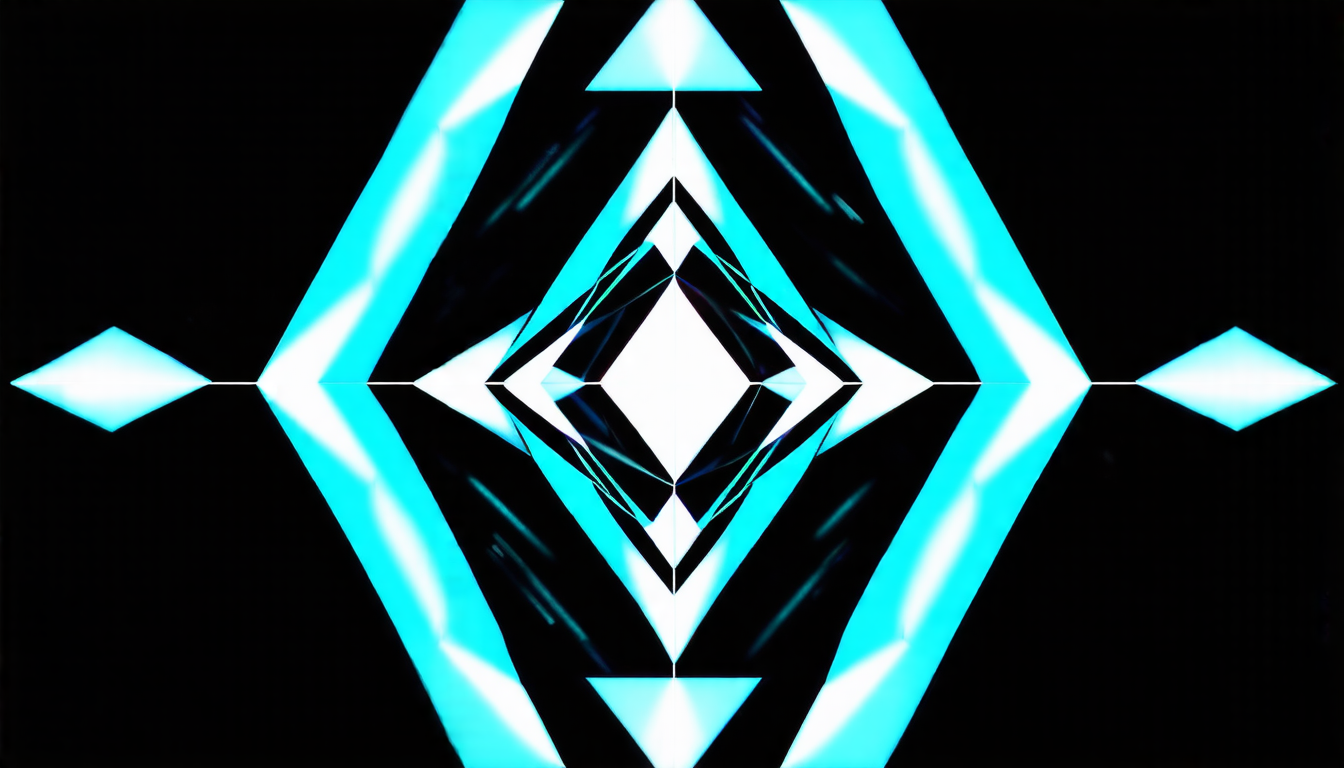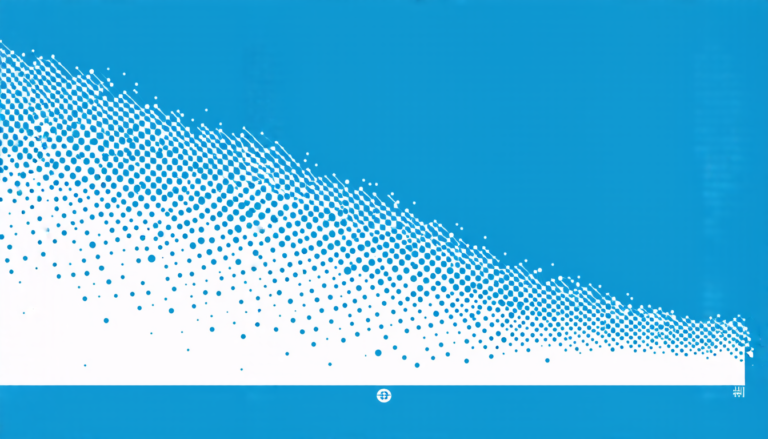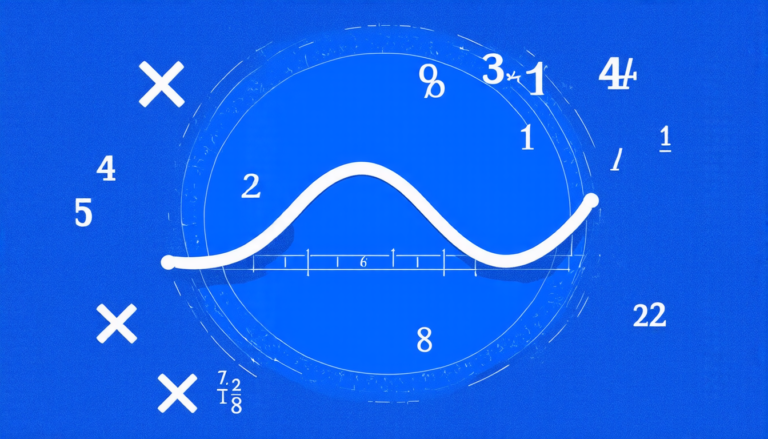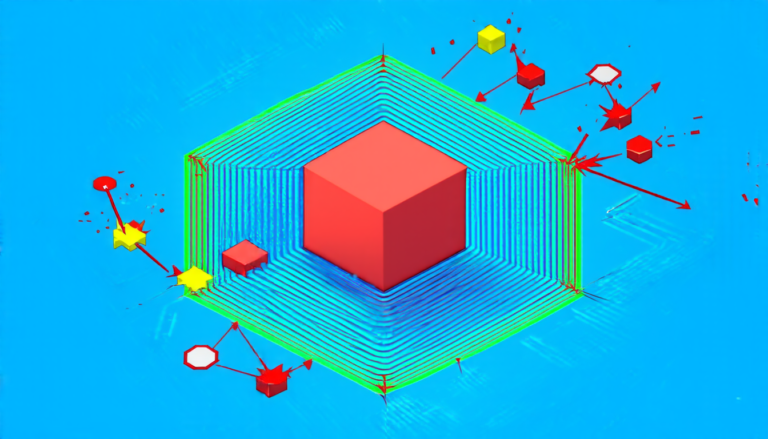Monday 22 September 2025
The Galois Theory, a fundamental concept in abstract algebra, has long been considered a complex and esoteric subject. However, a recent paper by V. V. Bavula has shed new light on this area of mathematics, providing a fresh approach that is both elegant and accessible.
At its core, the Galois Theory deals with the relationships between field extensions – essentially, how one field can be built upon another. For instance, consider a simple example: the real numbers can be extended to include complex numbers by adding the imaginary unit i. But what about more abstract cases? How do we describe the connections between these fields?
Bavula’s work focuses on a particular type of extension called G-extensions, which are essentially field extensions that have a certain level of symmetry. The key insight here is that these G-extensions can be described using a ring-theoretic approach, rather than relying on more traditional algebraic methods.
One of the most significant implications of Bavula’s work is that it provides a new way to understand the Galois Correspondence, a fundamental concept in the theory. Traditionally, this correspondence has been seen as a one-to-one mapping between subfields of a given field and subgroups of its automorphism group. However, Bavula’s approach reveals that this correspondence can be viewed as an order-reversing bijection between two sets – Galois subfields and G-stable subalgebras.
This new perspective has far-reaching implications for our understanding of the Galois Theory. For instance, it provides a more intuitive way to understand the relationships between different field extensions, and allows us to describe complex algebraic structures in terms of simpler building blocks.
But what does this mean for mathematicians and scientists working in related fields? The answer is that Bavula’s work opens up new avenues for research, particularly in areas such as number theory and cryptography. By providing a fresh perspective on the Galois Theory, it may also inspire new approaches to problems that have long been considered intractable.
In short, Bavula’s paper represents a significant step forward in our understanding of the Galois Theory, offering a more intuitive and accessible approach to this complex subject. As researchers continue to explore its implications, we can expect to see exciting new developments in mathematics and beyond.
Cite this article: “A New Perspective on the Galois Theory”, The Science Archive, 2025.
Galois Theory, Field Extensions, Ring-Theoretic Approach, Galois Correspondence, Automorphism Group, Subfields, G-Stable Subalgebras, Number Theory, Cryptography, Algebra.
Reference: V. V. Bavula, “The Galois Theory (a ring theoretic approach)” (2025).







